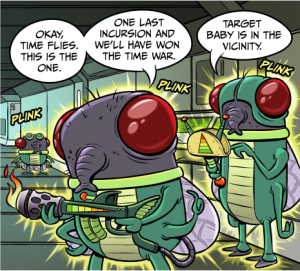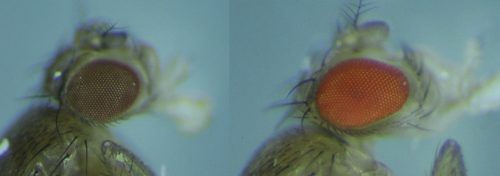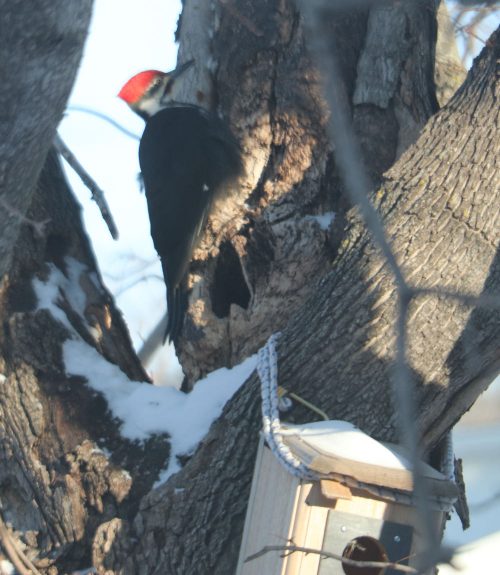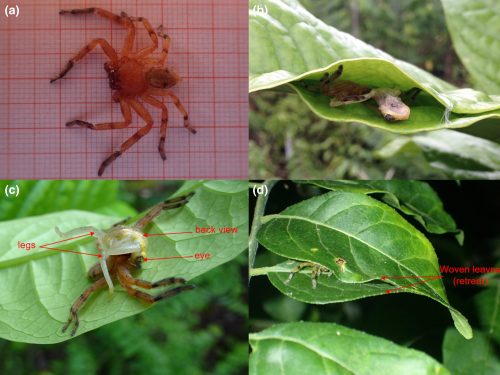The Great Backyard Bird Count has begun today, and continues through the 15th. My wife has been staring out the window all day, scribbling notes on paper, and I might have wondered what weirdness she’s up to, except that she just told me I should tell everyone in the world to join her. Not in our backyard, that would get crowded, but in your own backyard. I’m exempt, because she knows I only count spiders. And dinosaurs.












